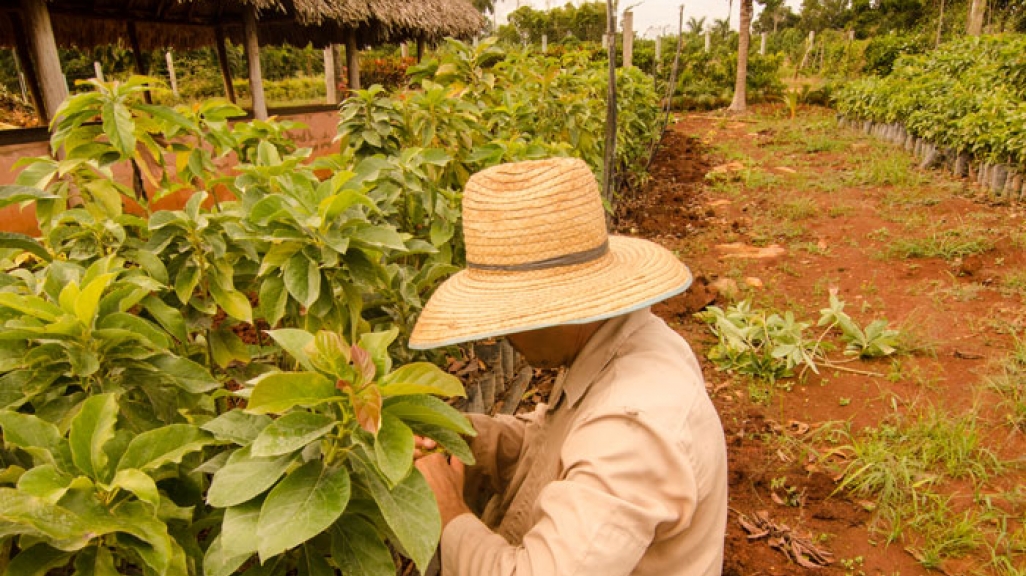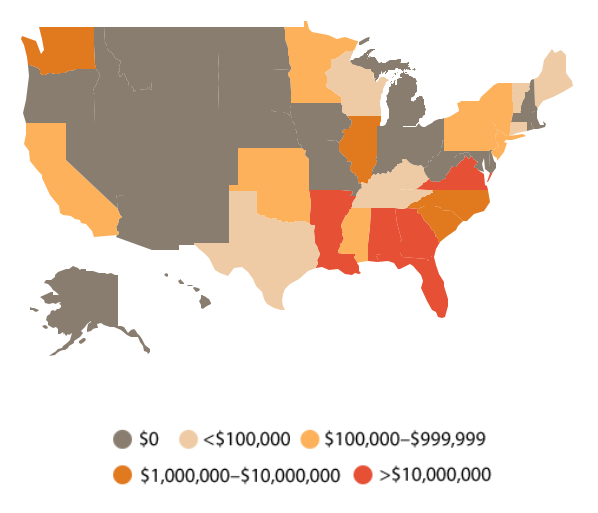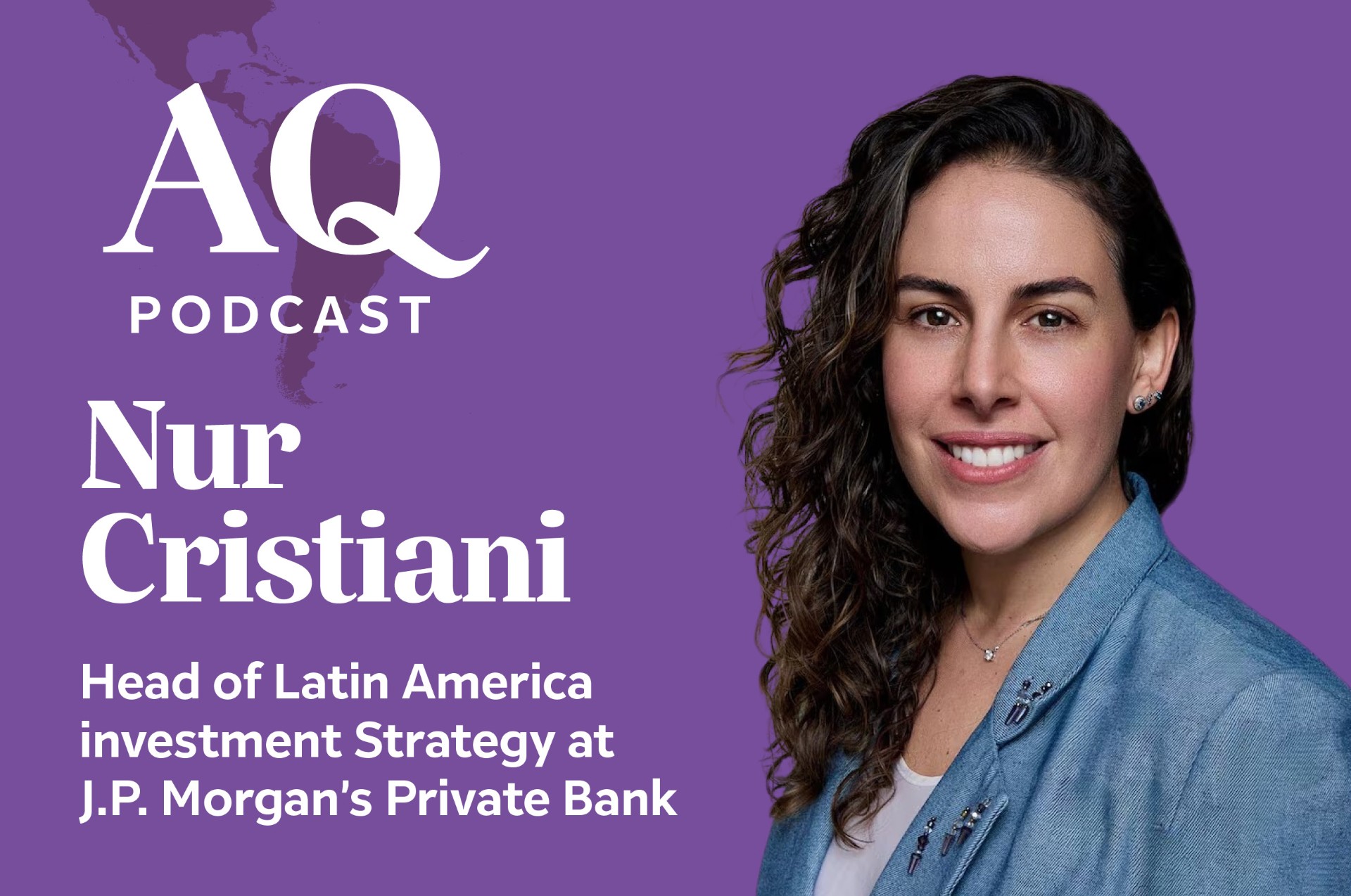Six Anomalies of Cuban Agriculture
Six Anomalies of Cuban Agriculture
Warming U.S.-Cuba ties could mean opportunities in agriculture.
This is the second of a three-part series looking at agriculture in Cuba and the United States, existing ties, and limitations between sectors.Check out the first and last piece.
The new era of Cuba-U.S. relations is expanding to agriculture. Joining the delegation of U.S. President Barack Obama’s historic March 20–22 trip to Cuba, Agriculture Secretary Tom Vilsack signed an agreement with Cuba’s agriculture minister for the two countries to share ideas and research.
U.S. farmers can expand their business and gain expertise from stronger agricultural ties. For one, if the embargo is lifted, U.S. businesses can take advantage of Cuba’s low agricultural production and potentially export up to $4.3 billion to the island annually. At the same time, Cuba can share learned lessons from its distinct farming system, such as how farmlands with a diversity of harvests can better withstand natural disasters than can single-crop cultivations typical in the United States.
Here’s what we know about food and agriculture in Cuba.
1. The urban farming revolution was borne out of necessity.
Organic foods are all the rage now in the United States, but Cuba was forced to farm organically beginning in 1991, when its top fertilizer and chemicals supplier, the Soviet Union, collapsed. This economic crisis from 1991 to 1995 is commonly referred to as the “special period.”
Food was so scarce during the special period that the average Cuban lost 20 pounds as the agricultural sector broke down, and had to turn to inventive methods to survive. From balconies to rooftops to abandoned lots, Havana saw the creation of more than 8,000 urban farms by 1998. Now urban organic farms, called organopónicos, produce half of the vegetables Cubans eat.
2. You can grow food on government land for free.
As of 2009, Cuba developed a system in which farmers can apply to use a plot of government-owned land that is free to cultivate, then sell whatever food the land produces. Still, less than half of Cuba’s arable land is being cultivated.
3. Cuba still imports most of its food.
The international community praises Cuba’s sustainable agroecology system, where farmers use natural resources and diversify their crops. Still, Cuba imports 70 to 80 percent of the food it consumes.
4. Selling beef and some shellfish is illegal.
Only foreigners and the state can sell beef, lobster, and shrimp. Cuban nationals, on the other hand, will be fined up to $190 for doing so.
5. La Libreta guarantees pantry basics.
The Cuban government gives families a monthly ration book, or libreta. To this day, the ration book guarantees that each person can get about five pounds of rice, one cup of cooking oil, and five eggs, among other food products.* Only pregnant women and children under seven years old get milk. But Cubans still have to supplement their diet with their own purchases.
6. Cuba opened its first wholesale market in 2014.
Until a couple years ago, small business owners did not have access to wholesale markets and instead relied on the government to distribute supplies, forcing them to pay retail prices or turn to the black market. Through President Raúl Castro’s reforms, Cuba opened its first wholesale market for farmers in 2014 on the Isle of Youth, off of Cuba’s southwest coast.
*Editor’s note: This article originally stated that the ration book guaranteed each person 22 pounds of rice and a little over four pounds of meat. The ration book now guarantees roughly five pounds of rice but no meat.










